Leadership
Matthew Rensberry, MD, MBA
What does a leader look like?
"If you want to build a ship, don't herd people together to collect wood and don't assign them tasks and work, but rather teach them to long for the endless immensity of the sea."
Antoine de Saint-Exupery
How are you a leader?
November 5, 2009
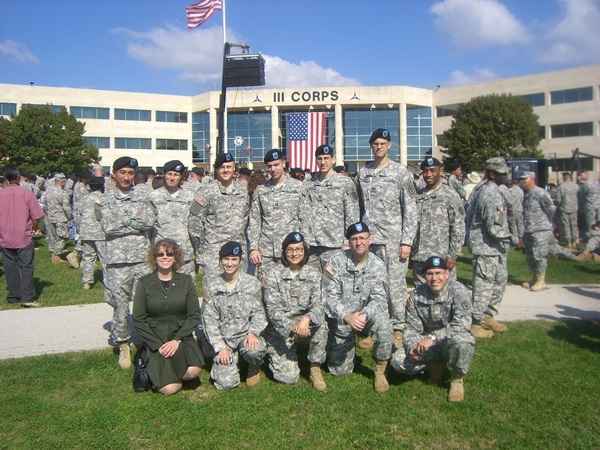
Iraq Deployment 2011

WFTDA Head Referee

Leading = People
Good Managers do things right
Good Leaders do the right things
Values
Personal values drive commitment
Credibility is the foundation of leadership - Do what you say you will do
As a leader, you are your reputation!
From "Values to Action"
Leadership Steps
- Self-Reflection
- Balance
- True Self-confidence
- Genuine humility
What are your values?
(Choose 4 - 6)
- Authenticity
- Achievement
- Adventure
- Authority
- Autonomy
- Balance
- Beauty
- Boldness
- Compassion
- Challenge
- Citizenship
- Community
- Competency
- Contribution
- Creativity
- Curiosity
- Determination
- Fairness
- Faith
- Fame
- Friendships
- Fun
- Growth
- Happiness
- Honesty
- Humor
- Influence
- Inner Harmony
- Justice
- Kindness
- Knowledge
- Leadership
- Learning
- Love
- Loyalty
- Openness
- Optimism
- Peace
- Pleasure
- Poise
- Popularity
- Recognition
- Religion
- Reputation
- Respect
- Responsibility
- Security
- Self-Respect
- Service
- Spirituality
- Stability
- Success
- Status
- Trustworthiness
The Leadership Ladder
- Starting out: Not much power or control; clarity
- Next: Less about best technician and more about getting things done through other people
- Then: Managing the organization and its politics
- Finally: At the top, your authority and responsibility are more in balance
Types of Leadership

Authority vs Autonomy | Time vs Ownership
Effective Communication
Leaders persuade each other by sitting down and talking the issues through face-to-face
(Leading Up)
Email Rules
Be BRIEF:
- B (Background)
- R (Reason)
- I (Information)
- E (End)
- F (Follow-up)
Descriptive Subject line
Would you write a recommendation letter for me?
Be BRIEF (or 5 W's)
Program Director,
I am applying to the Sport Fellowship at this location. I need a recommendation letter written by my Program Director by Friday, Oct 31.
Would you write this for me please?
Thank you,
Matt
Avoid email signatures
Can distract from your message
Providing Negative Feedback
- Start the conversation by noting when and where the behavior you want to discuss occurred
- Next, describe it in detail, explaining exactly what you saw and heard
- Describe your reaction to the behavior
General Meeting Rules Do's
- Make the purpose clear; send an agenda ahead of time
- Talk to anyone who might monopolize meeting time before you get in the room and ask him to keep comments to a minimum
- Send out a follow-up email after the meeting that lists next steps, who's responsible for them, and when they'll get done
General Meeting Rules Do Not's
- Feel obliged to invite lots of people - only include those who are critical to making progress
- Move on to a new topic until everyone feels they've been heard
- Let the group get distracted by tangents - ask if you can address unrelated topics another time
- No cell phones – be courteous.
Leadership Vision
A story in 3 parts:
- This is where we are
- This is where we are going
- This is how we are going to get there
- (Optional inspirational part) This is your very important role in helping us achieve the vision.
Dealing With Conflict
Change + Uncertainty = Chaos
Leaders make risk safe
When should you decide on conflict?
Use Sun Tsu's advice for choosing battles for conflict: (Any choice for conflict should pass all 3 tests)
Only fight when:
- There is a prize worth fighting for
- You know you will win
- There is no other way of achieving your goal
How should you behave in conflict?
- Stay Calm!
- Focus on the outcome
- Remain positive
- Listen and empathize
- Only deal with the issue when the other side is calm and ready to listen
- Avoid
blame
A Few Tools
- SWOT Analysis
- Root Cause Analysis
- Pareto
SWOT Analysis
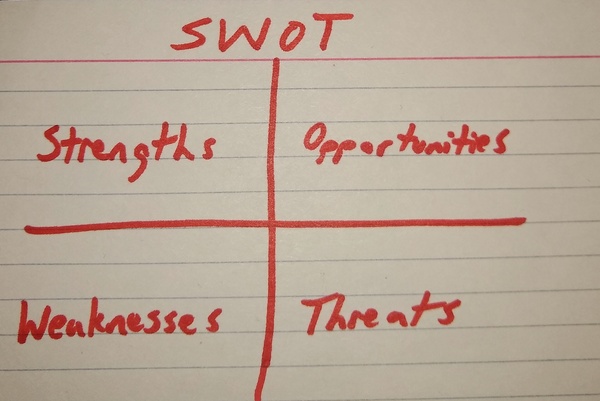
Root Cause Analysis

Fishbone Diagram
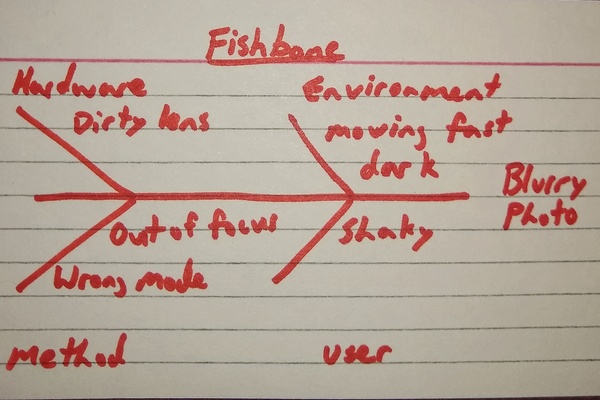
5 Why's
- Ask why
- Ask why again
- Ask why again
- Ask why again
- Ask why again
The Lincoln Memorial (5 Why example)
- Is over 63 meters wide and over 33 meters high
- Statue of Lincoln at it’s center that is over 6 meters high and weighs 175,000 kg
- Millions of people visit the memorial each year
Several years ago
National Parks Service had a problem
- The stone exterior of the memorial was deteriorating and showing significant signs of wear requiring frequent repainting
The executives asked "Why" to the maintenance crew.
- “Because of the high-power sprayers we use to wash the memorial every two weeks.”
“Why are we doing high-powered washings every two weeks?”
“Because of the bird droppings.”
Get rid of the birds?
“Why are there so many birds?”
“The reason the birds come is to feed on the spiders”
Why are there so many spiders?
“Have you ever been to the memorial at night?, there are billions of insects. The spiders come for the buffet.”
Try insecticides?
“Why are there so many insects?”
“The insects are attracted by the high-powered spotlights we shine on the memorial.”
Follow-up questions:
- “Why do we shine the lights?”
- “So the tourists will come to see the memorial.”
- “Why do we want the tourists to come?”
- “Because they bring their money and spend it in our city.”
“Is there anything we can do about the lights so that there won’t be so many bugs.”
“Sure, turn the lights on later in the evenings and off earlier in the mornings.”
Final Result from 5 Why's
- Less bugs meant less spiders.
- Less spiders meant less birds.
- Less birds meant less droppings.
- Less droppings meant less washings.
- Less washings meant less deterioration of the stone on the outside of the memorial.
Pareto Principle
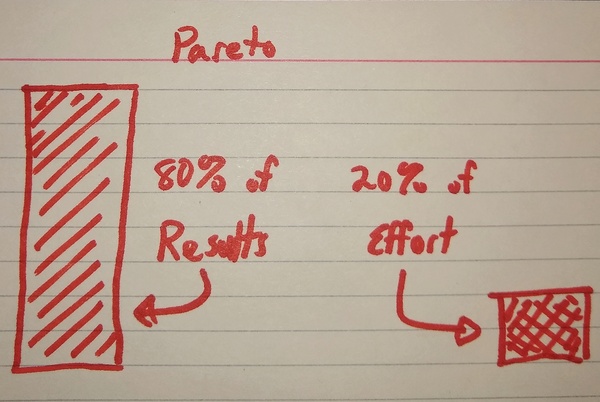
Power Law
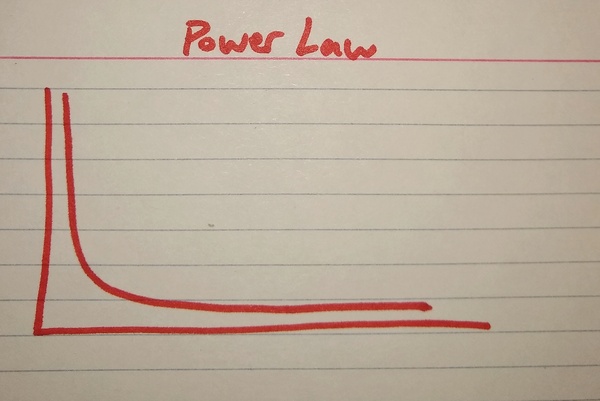
Pareto Analysis

Consequences Model

INFLUENCE | MOTIVATE | INSPIRE | PERSUADE
Seek to know your people and try to understand what motivates them
Use that to incentivate the behaviors you need for the success of the organization
Situational Leadership
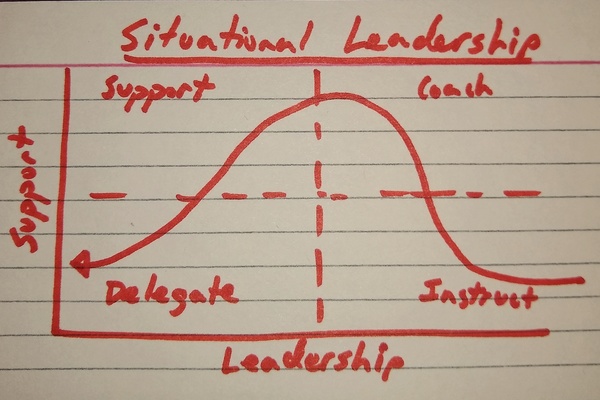
Willing and Able
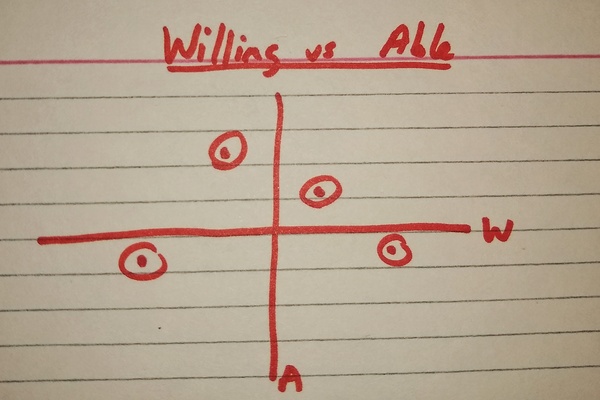
Become a better leader
- Do not confuse activity with productivity
- Be generous with small tokens of appreciation
- Be bold in facing the inevitable
- Focus on opportunities rather than on
problems - Be a good learner
- Be principled but not inflexible
Succeed in your career
Focus on the 1 or 2 things where you can make a difference to your firm and yourself
Two questions to help achieve focus:
- What am I doing that is relevant to bosses at least two levels above me?
- What will I do this year that I will remember in 10 or 20 years time?
Connect with Me
- Website: anchor-dpc.com
- Facebook: MatthewRensberryMD
- LinkedIn: Matthew-Rensberry-MD
- Twitter: @RensberryMD
- Email: Dr.Rensberry@anchor-dpc.com